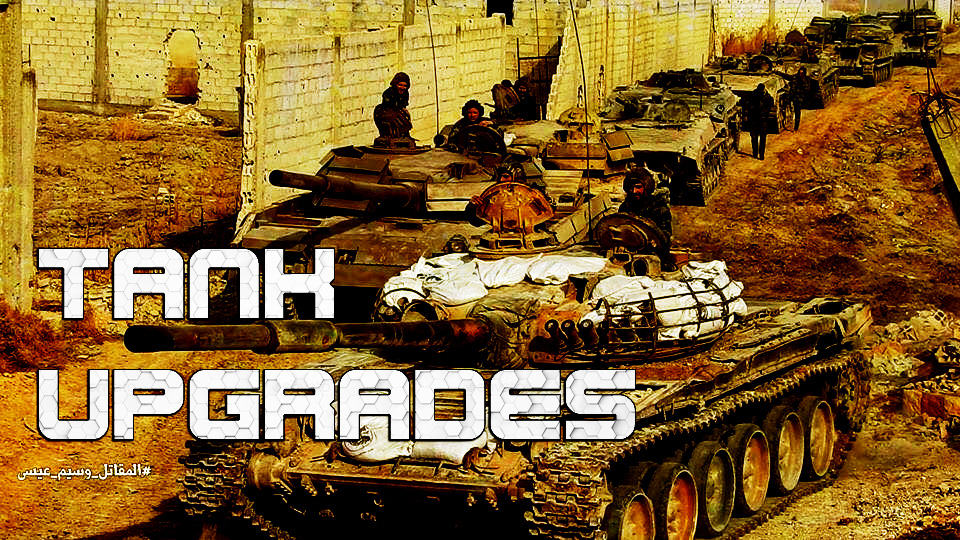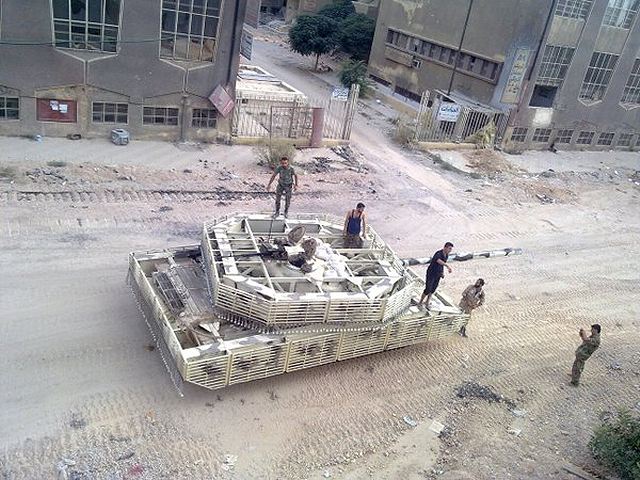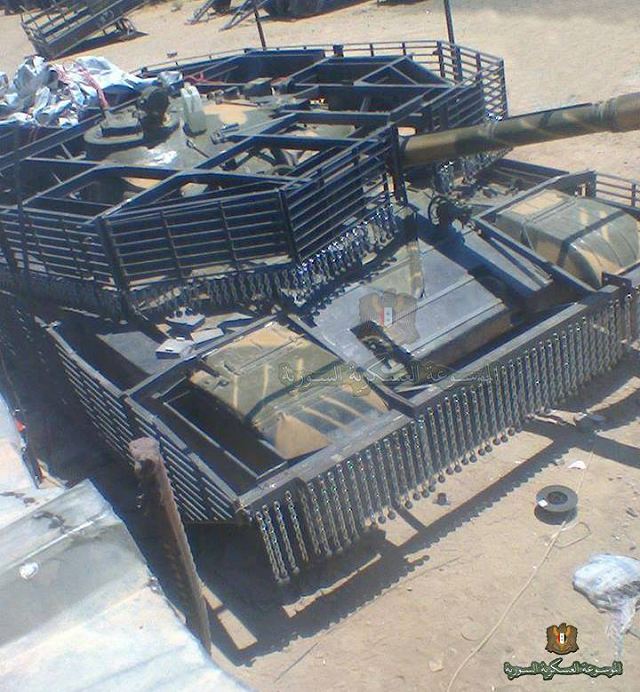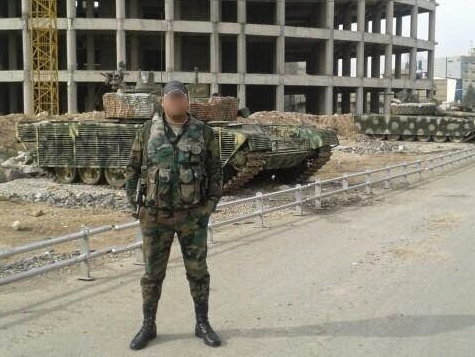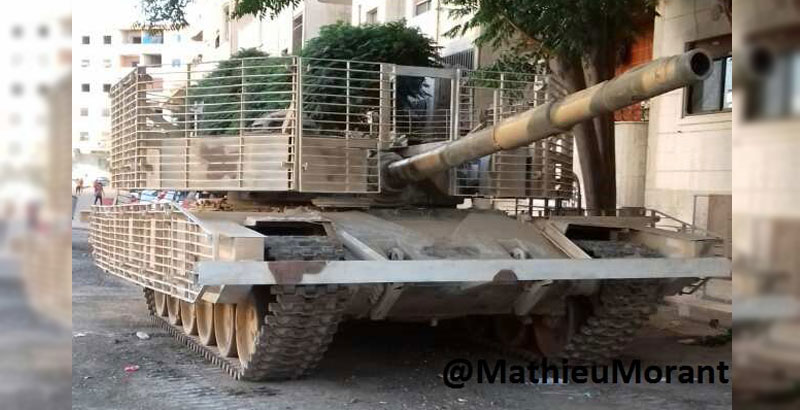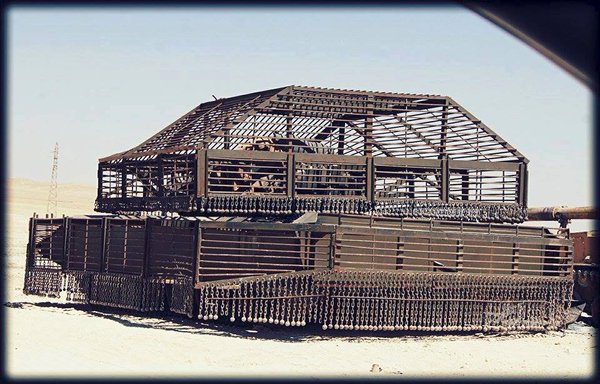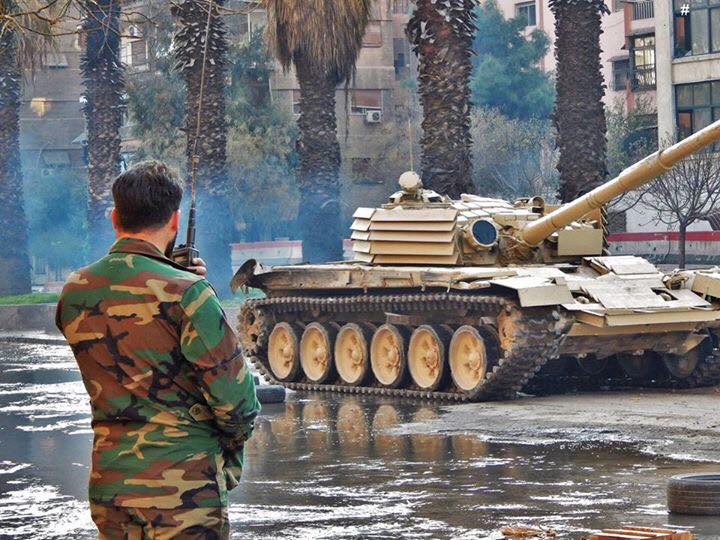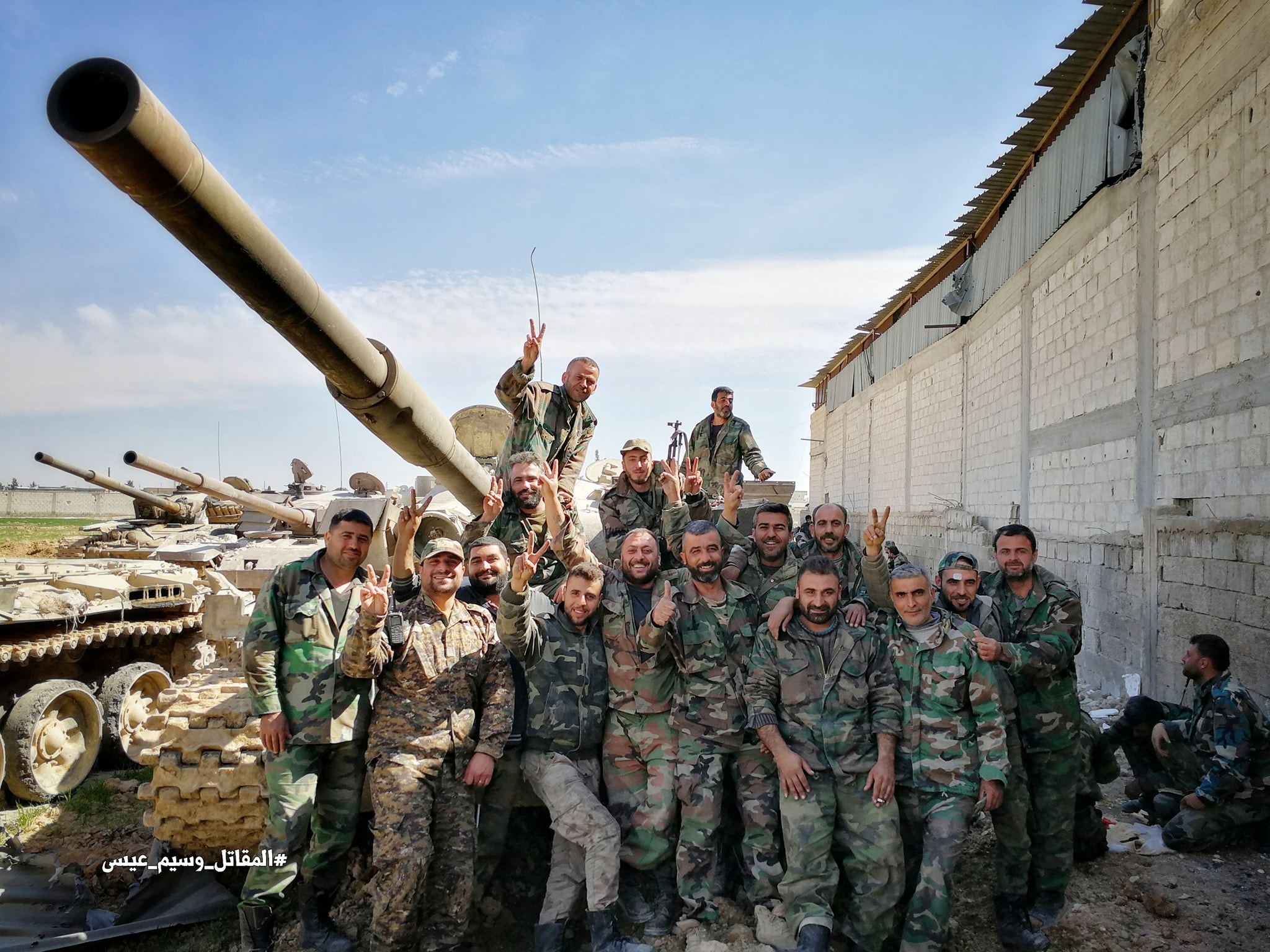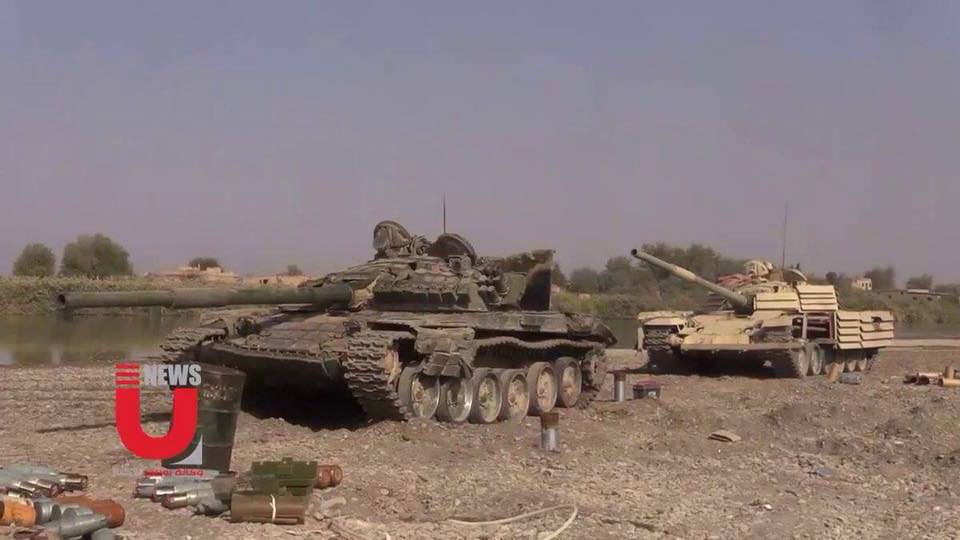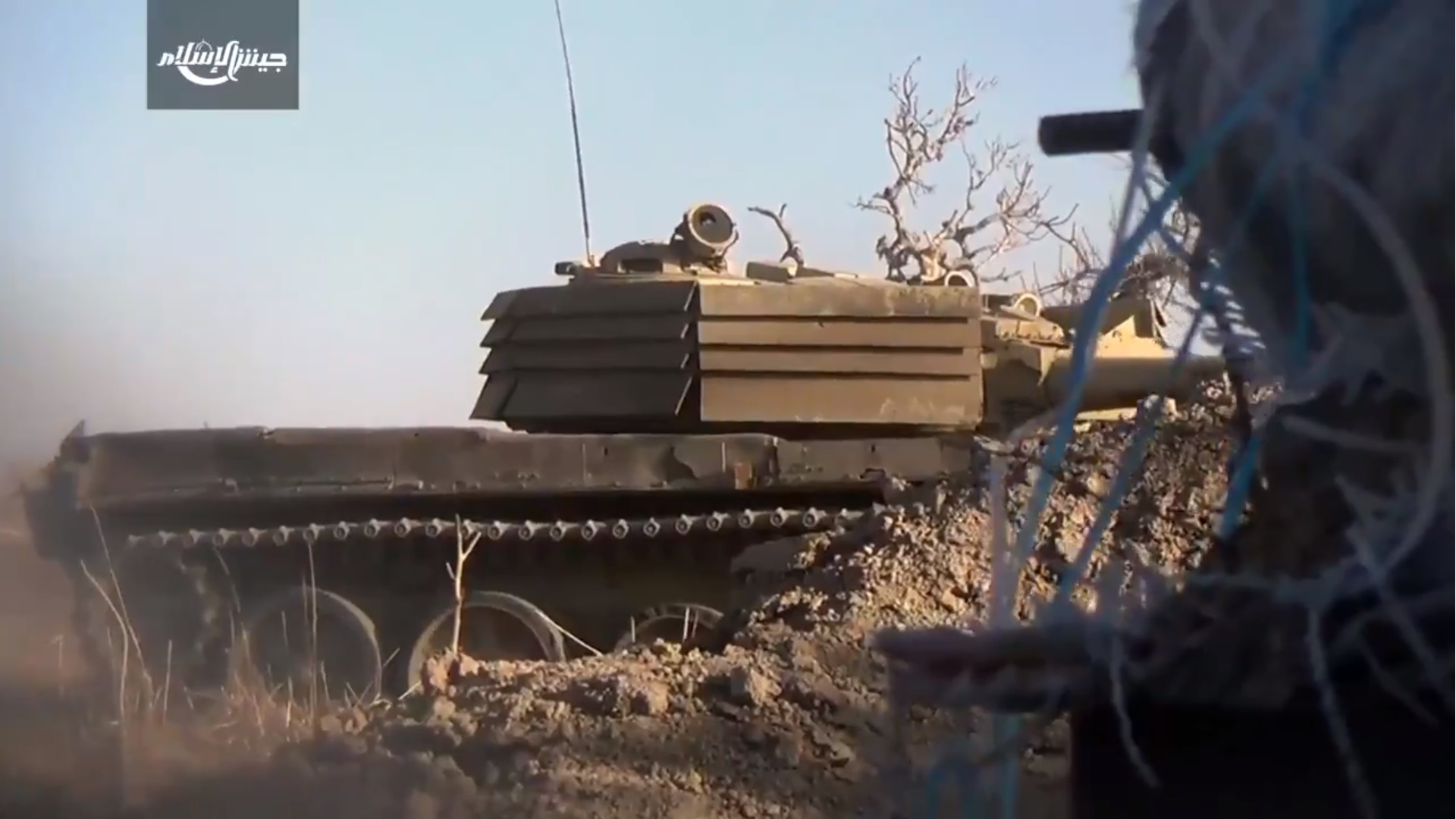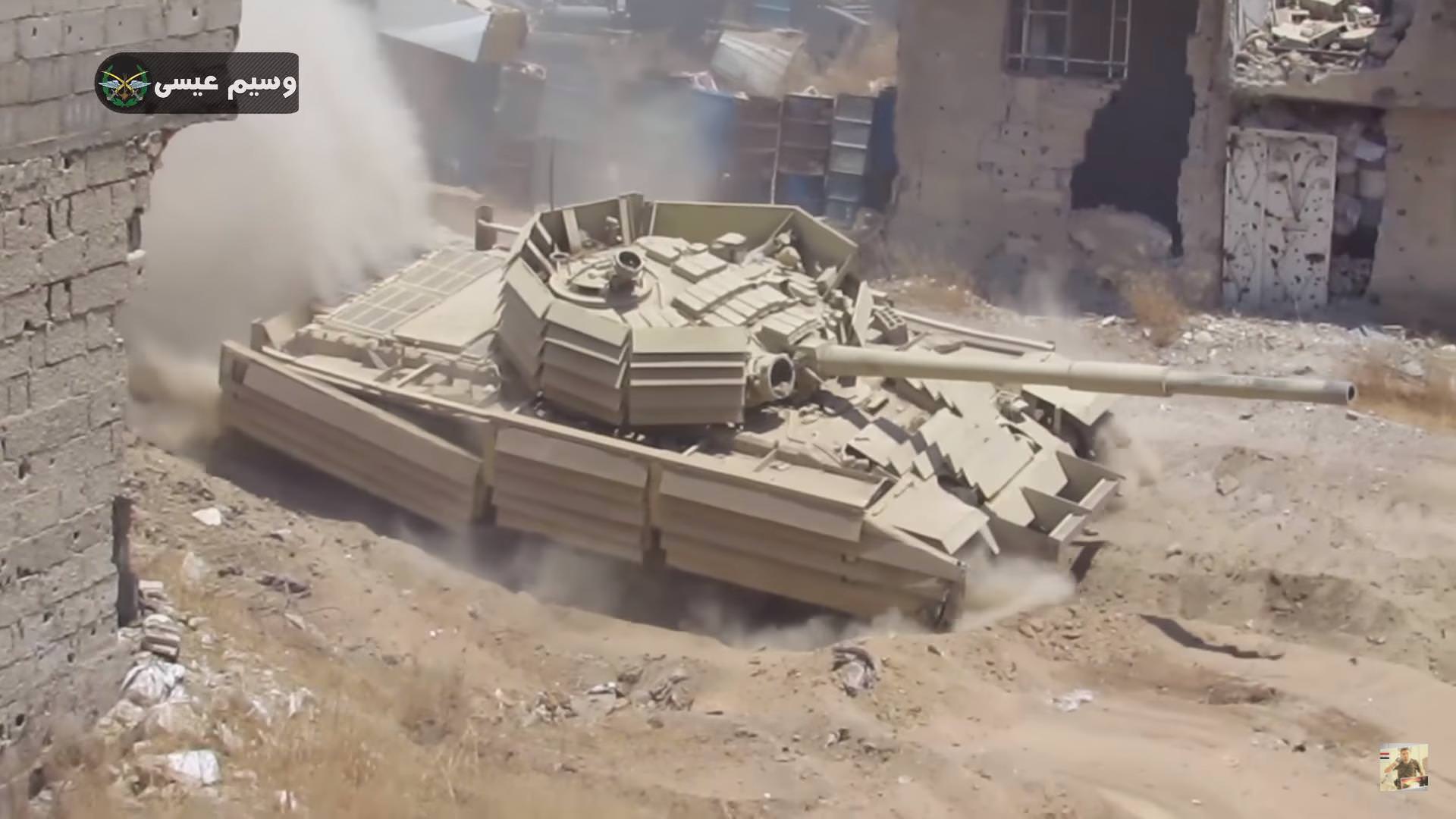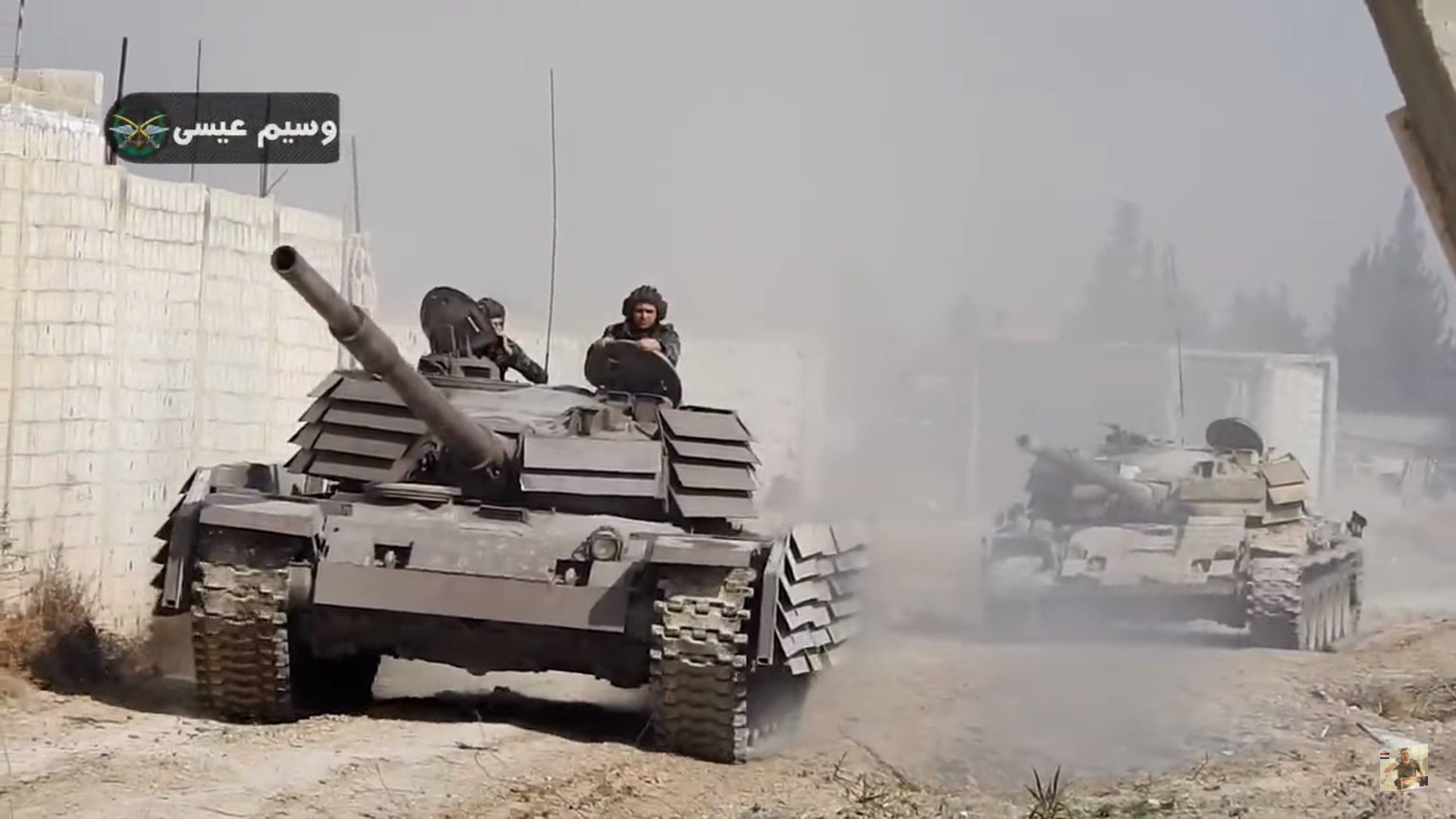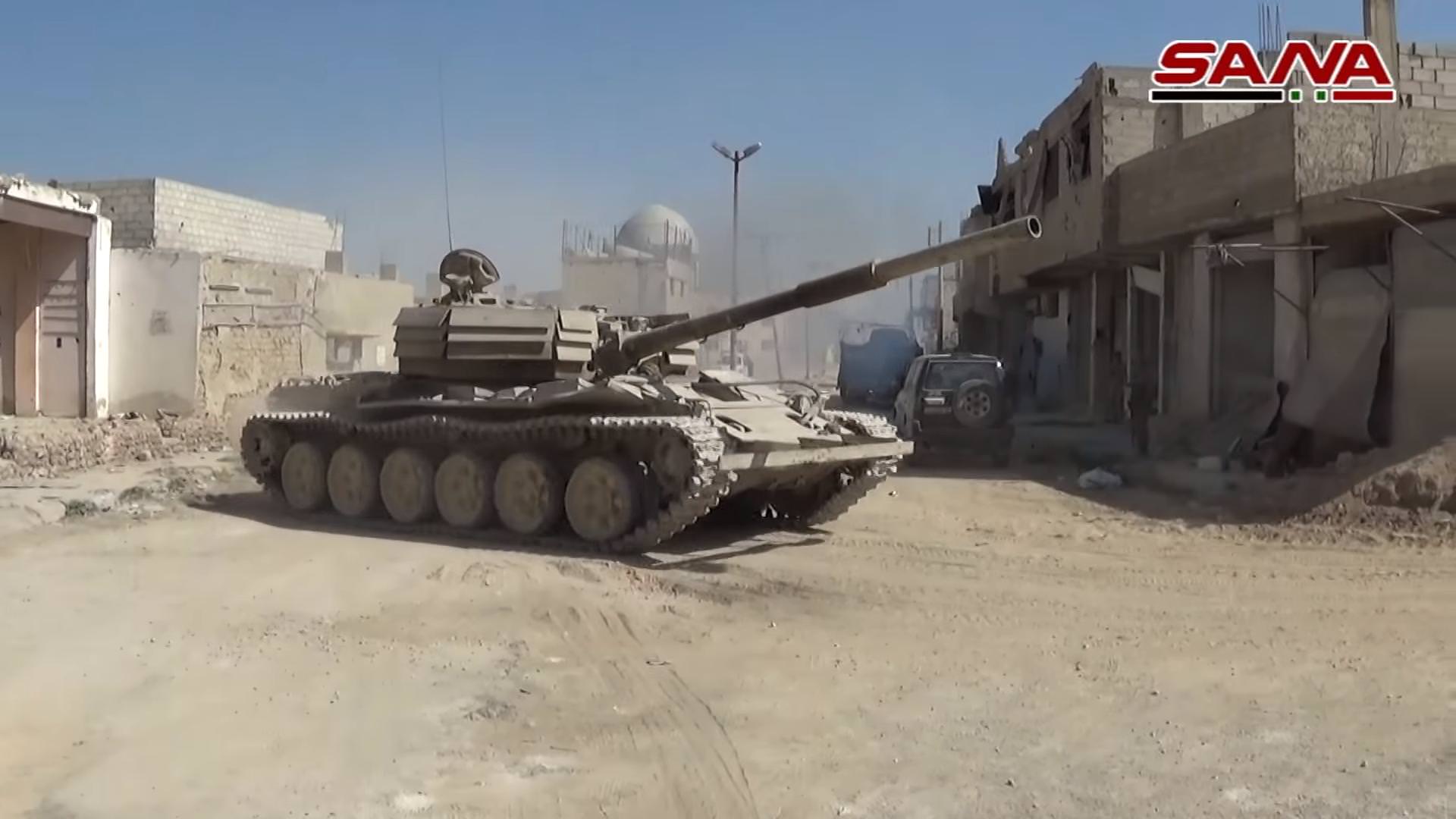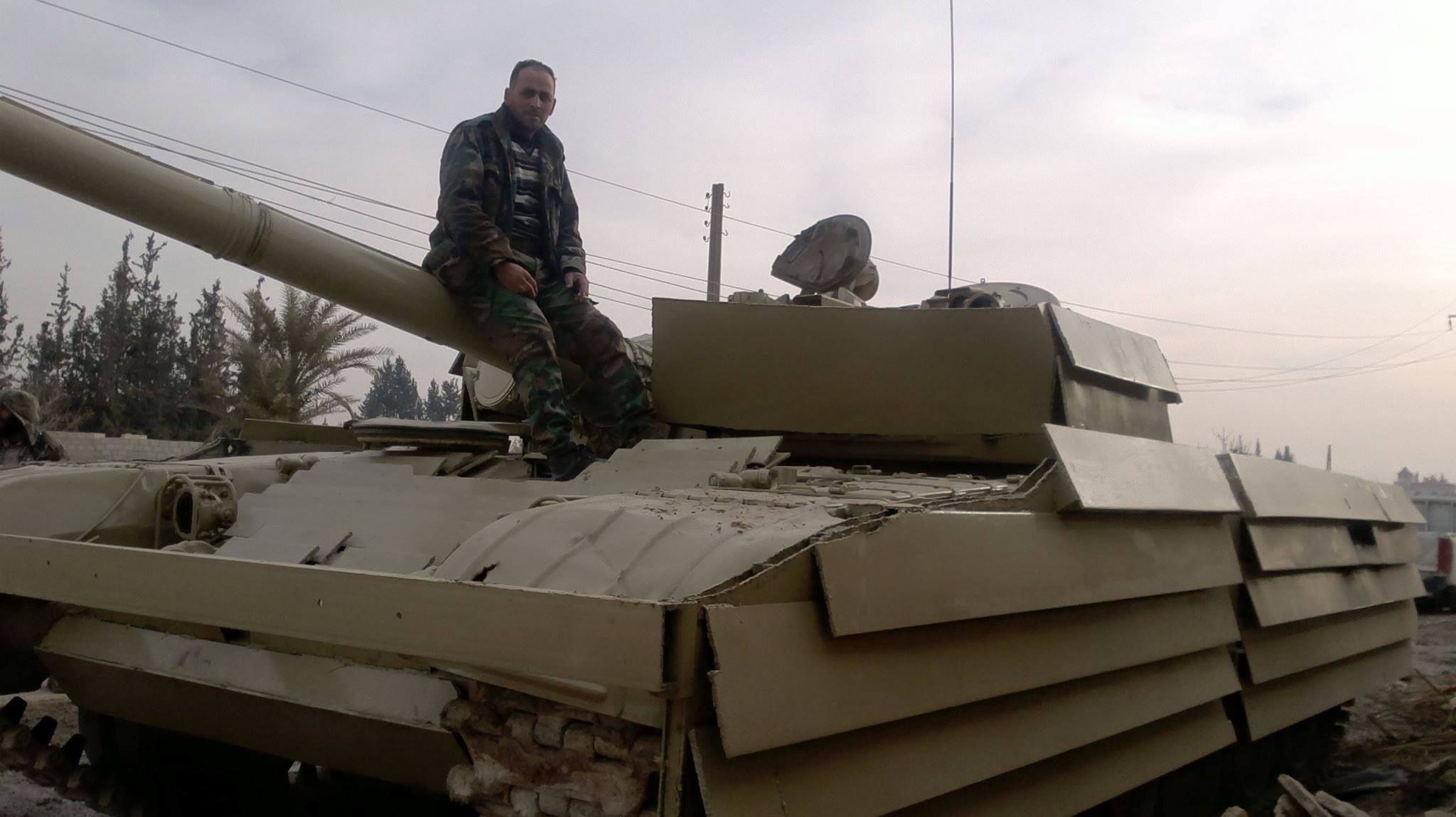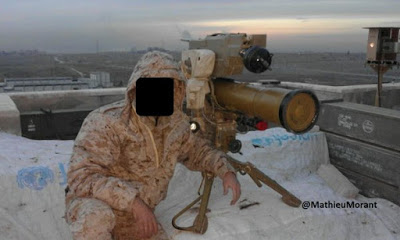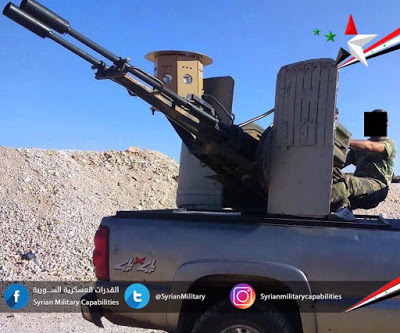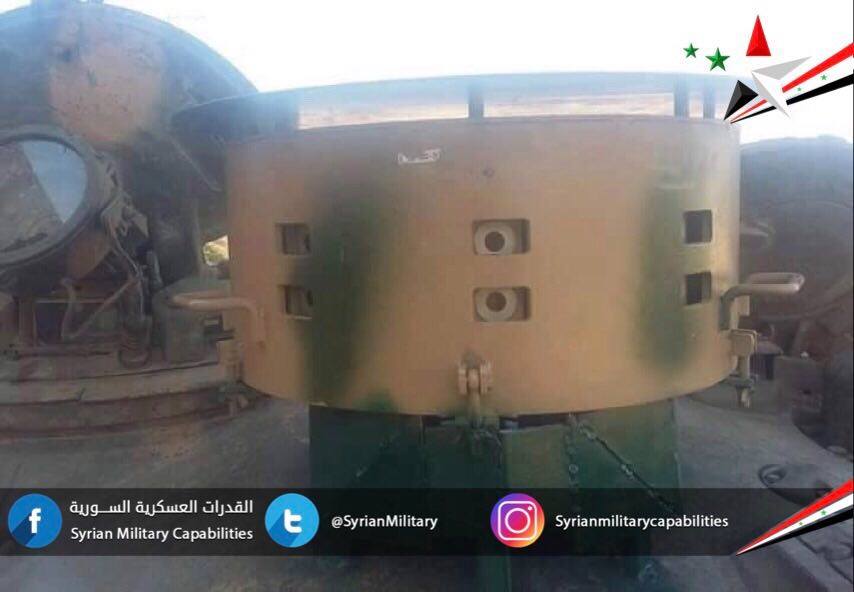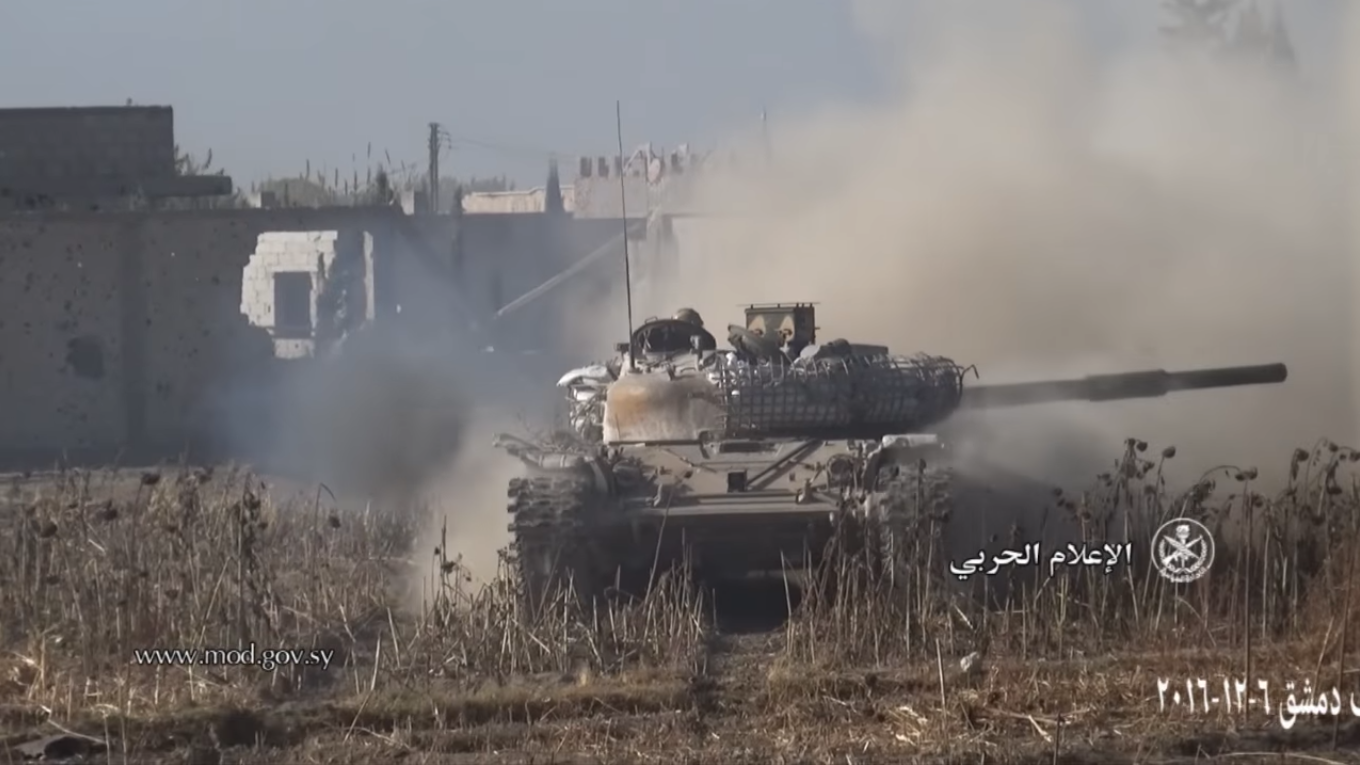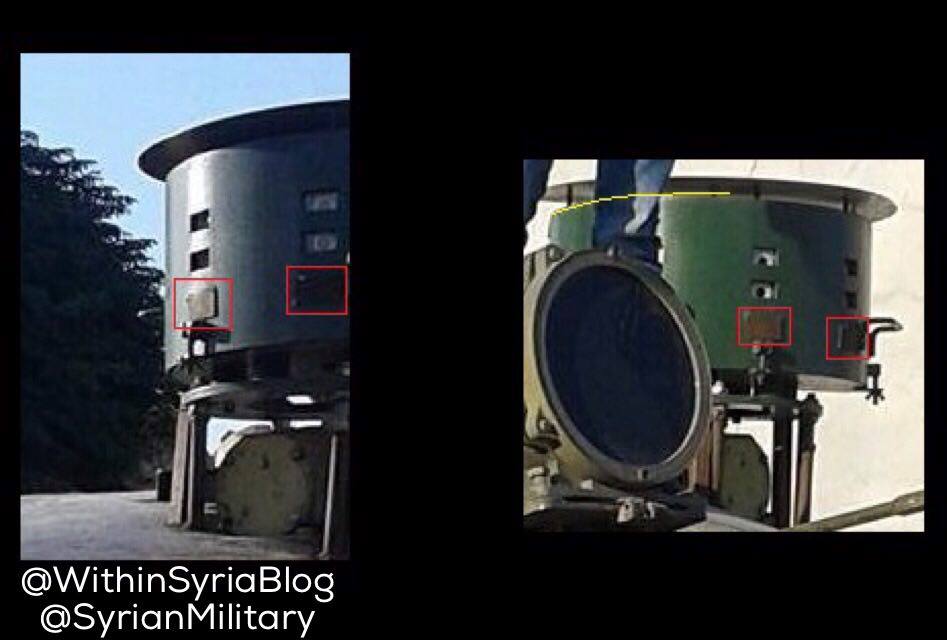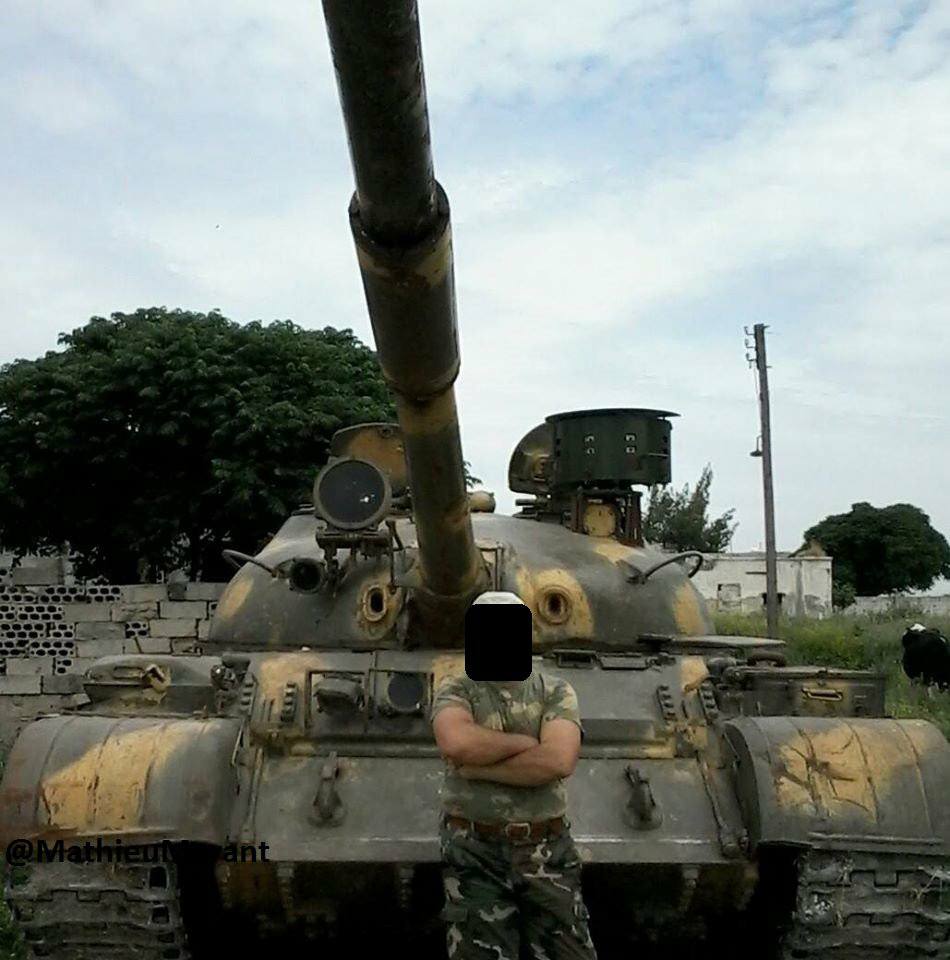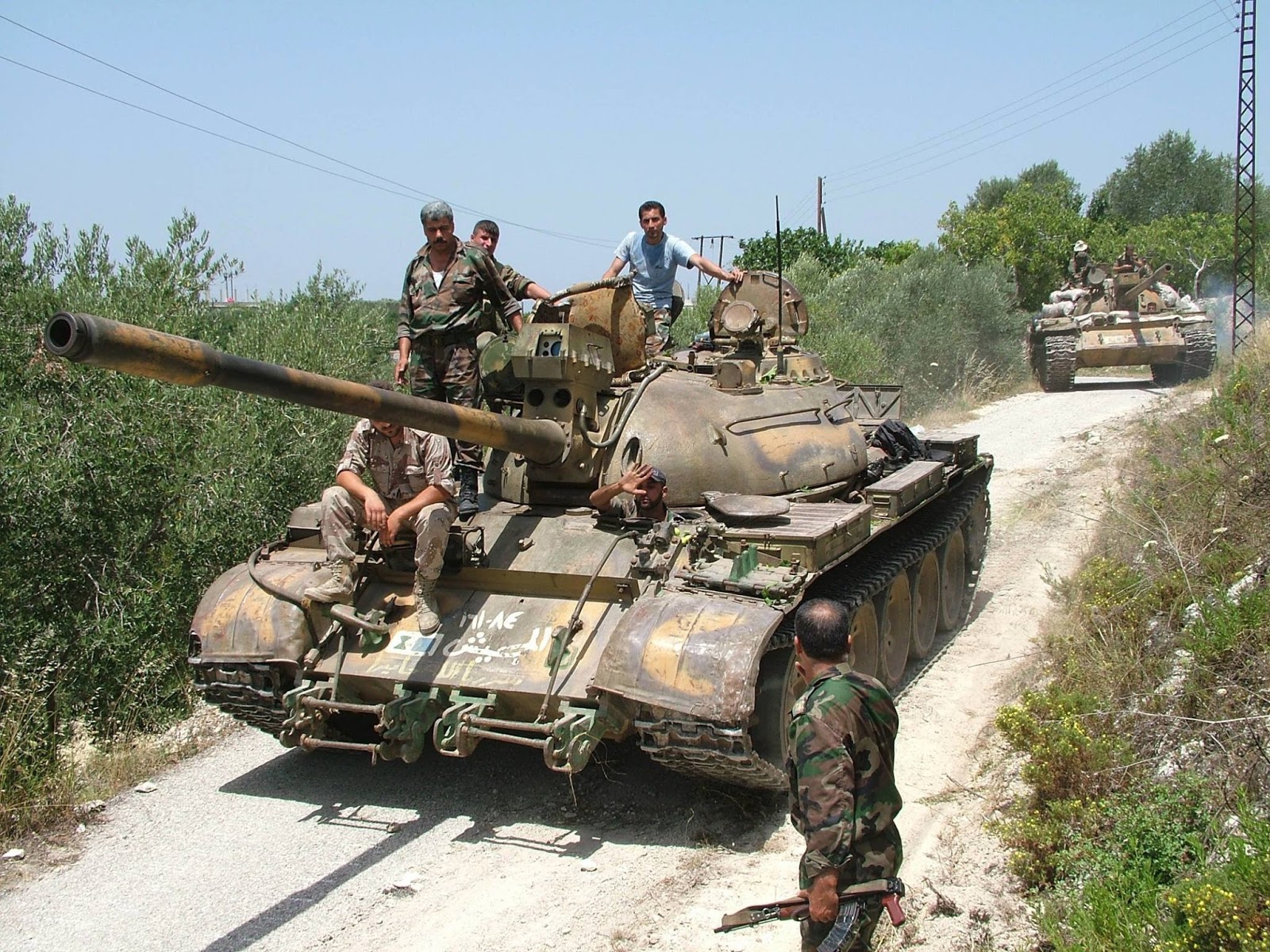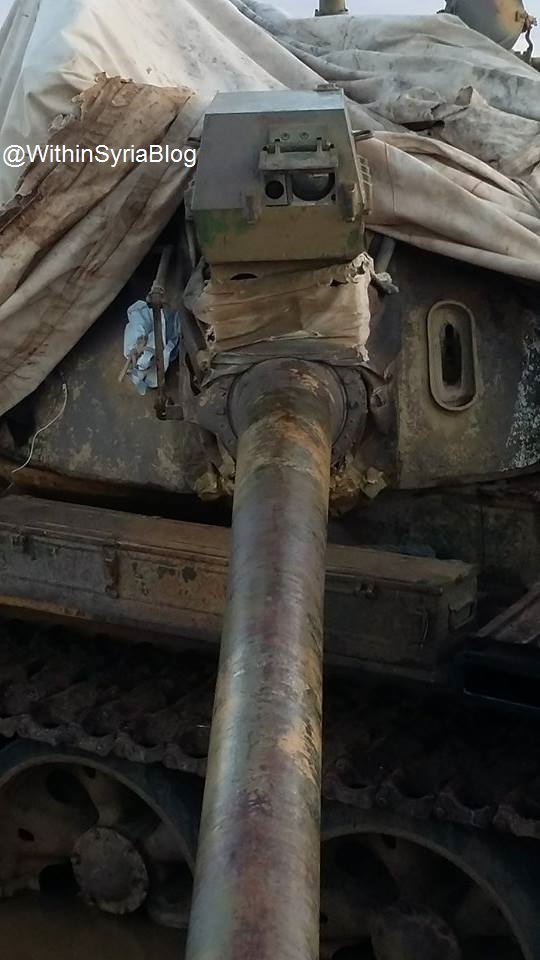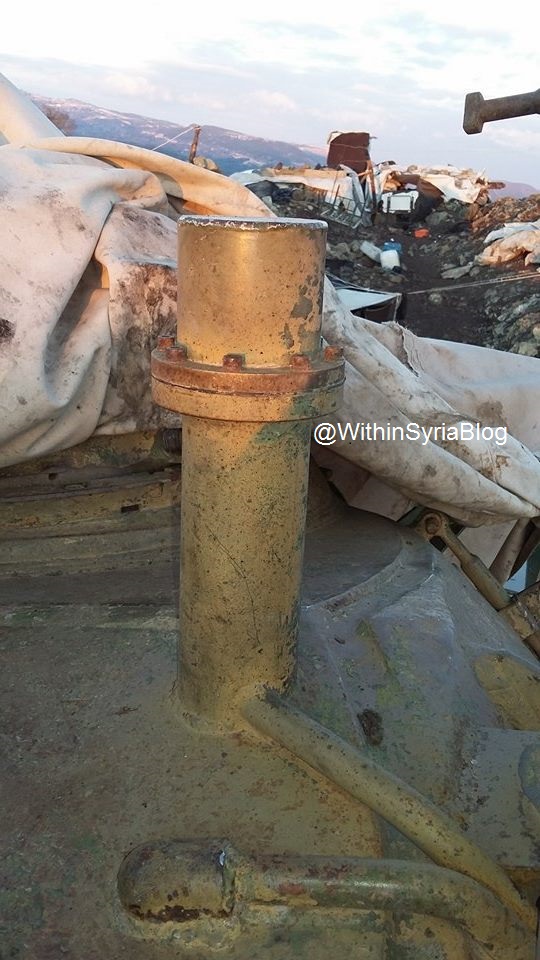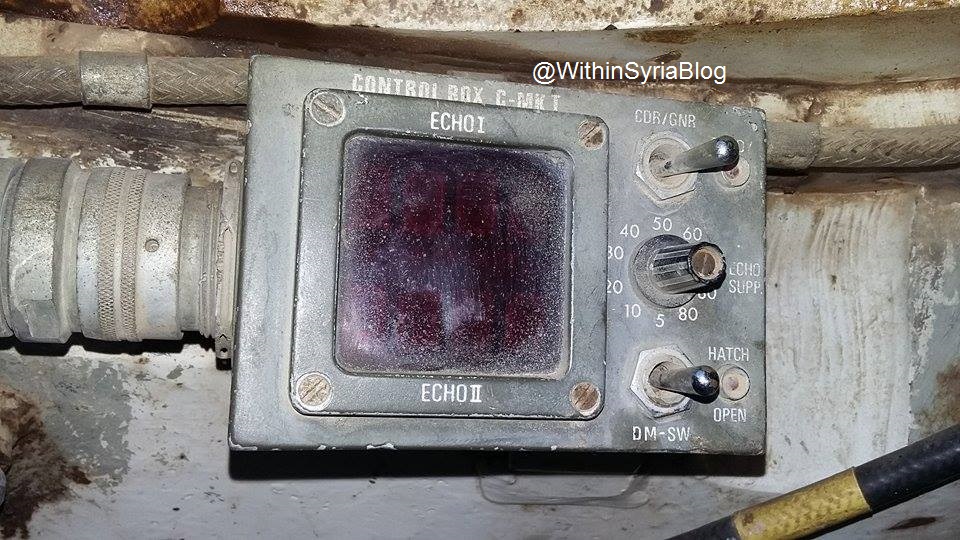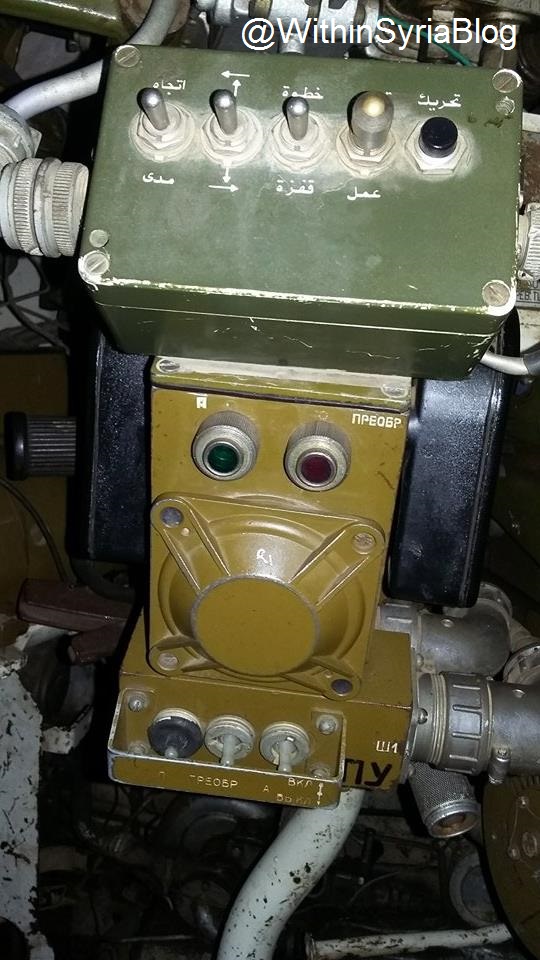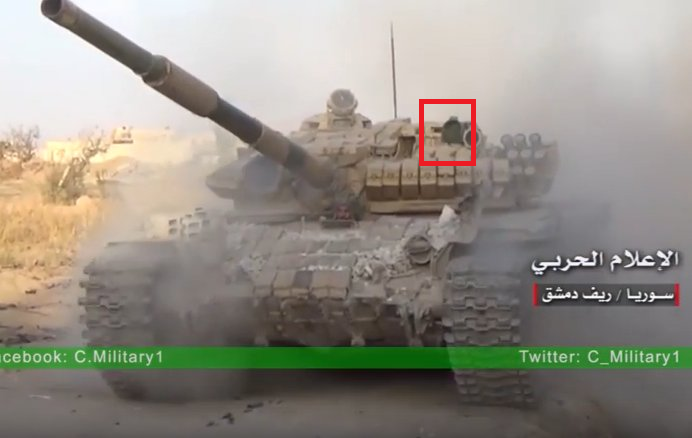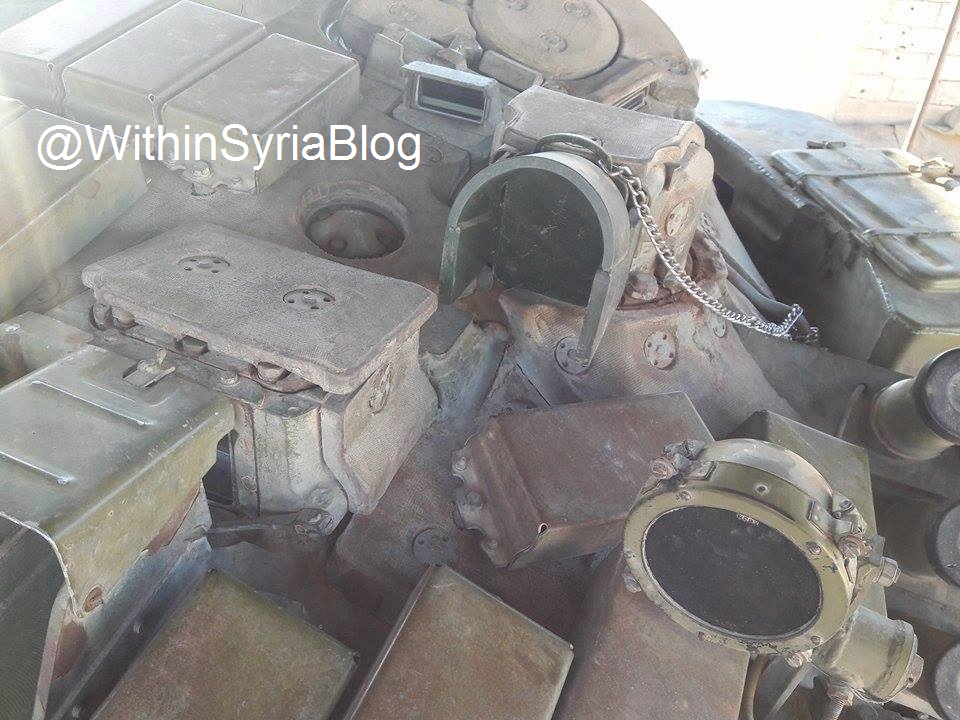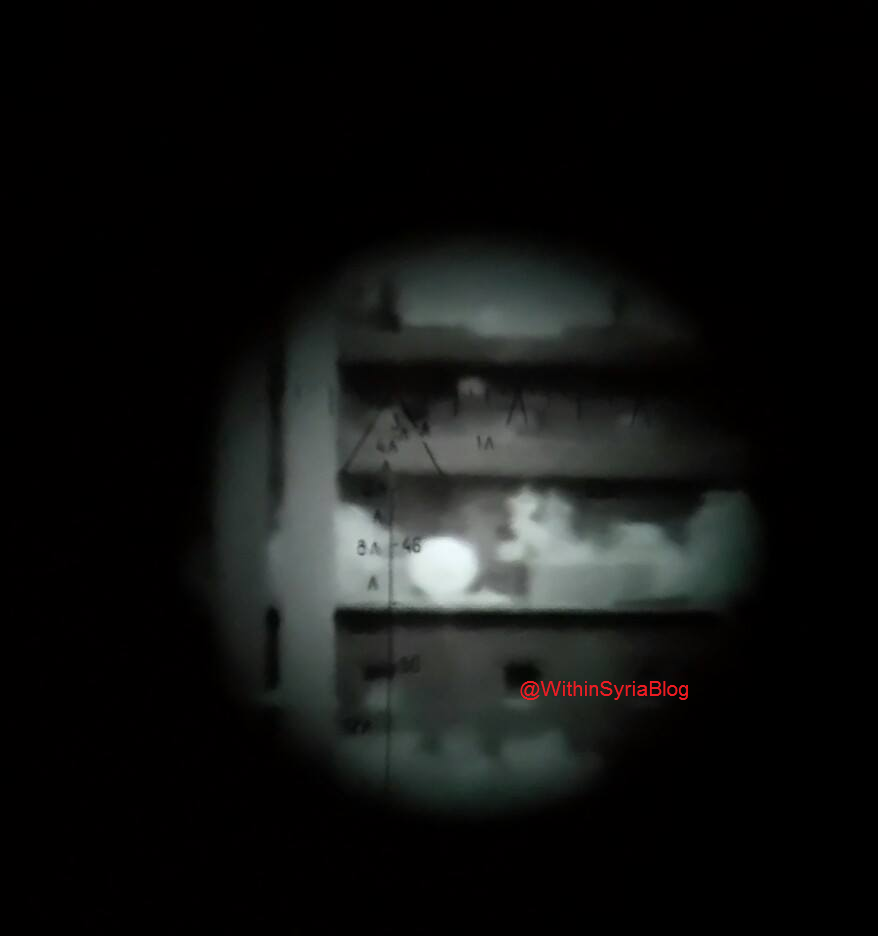This article incorporates photos and data collected by Within Syria blog, Tank Encyclopedia and other open sources.
Since the start of the hot phase of the Syrian conflict and until September 2015, when the Russians officially joined the conflict, the Syrian Army and its allies have been suffering from a wide range of issues related to maintenance of military equipment. The lack of spare parts, destruction of infrastructure and a wide-scale economic blockade established by the US-led block are among the key reasons behind this situation. Iran contributed significant efforts to ease the pressure faced by Syria and its military. However, while Iranian forces appeared to be effective in so-called ‘asymmetric warfare’, Teheran had no needed resources to introduce and implement a system, which would allow the Syrian Army to restore its exhausted resources and capabilities.
This as well as the specific of the conflict, a constant necessity to fight in urban areas, forced the Syrian military to find a way to keep combat efficiency of its tank fleet on acceptable level by means turned out to be at hand. This led to creation of various DIY-style modifications of battle tanks employed. Many of these modifications were varying from unit to unit. However, at least a part of them could be described as a result of centralized and consistent work of the Syrian military.
Before the war, the main battle tank fleet of the Syrian Arab Army consisted mostly of T-72B main battle tanks, as well as older T-62 and T-55s. According to estimations by the Center for Strategic and International Studies, Syria had as many as 5,000 tanks in the first decade of the 21st century. However, some researchers say that the actual number of the Syrian tank fleet prior to the start of the conflict was closer to 2,500-3,000.
The modifications on the battle tanks can be separated into 3 general groups: passive measures such as expanded armours; Active protection measures (such as the Sarab Active Protection System); and finally, electronics (such as FCSs and Thermal Sights).
Armour
The armour modifications were mostly a result of experimentation by the Republican Guard and the 4th Armored Division.
In August 2014, the 4th Armored Division began to upgrade T-72M1s, as well as military bulldozers, and at least one ZSU-23-4 “Shilka” from their workshop in Adra. Thus, the name of T-72 Adra, however the modification is more colloquially known as the T-72 Mahmia (Shielded).
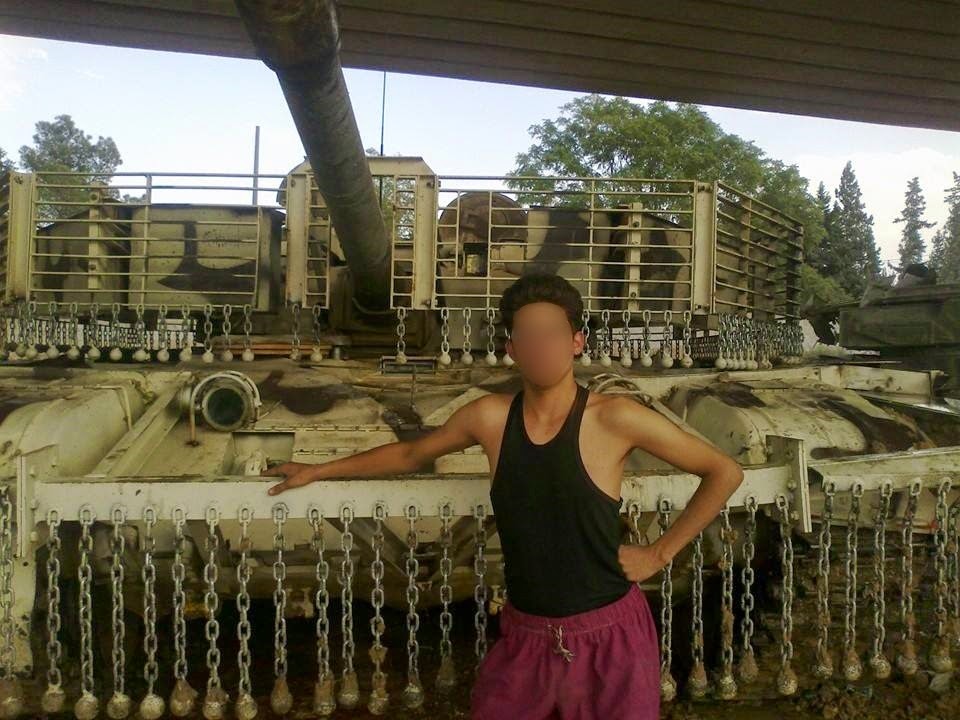
Early T-72 Mahmia, with chain armor and a hole in the front bumper for the rangefinder. Click to see full-size image
The initial T-72 Mahmia had cages with what appears to be spaced armor bolted and welded onto the tank with support beams. It also had chains with steel balls added to new hull side-skirts and below the turret’s cage armor.
This armor is designed to serve the job of stopping enemy rockets and explosives from penetrating the tank’s hull or turret, especially from RPGs who would hit some of the cages and explode some distance away from the battle tank and keep it preserved.
Furthermore, it turned out that despite appearances it is not simply spaced armor, but rather at the front there is a composite armor, filled with an unknown material.
The 2nd Generation T-72 Mahmias appeared in 2016, it used thicker girders to hold appliqué and cage armor to the vehicle, the removal of ball and chain armor, the inclusion of a larger hull bumper, with spaced armor added onto it, the cage armor being heightened, and more, apparently thicker, spaced armor being added to the glacis plates.
There were also examples of field upgrades which featured full cages, which were more than likely deemed unsuccessful.
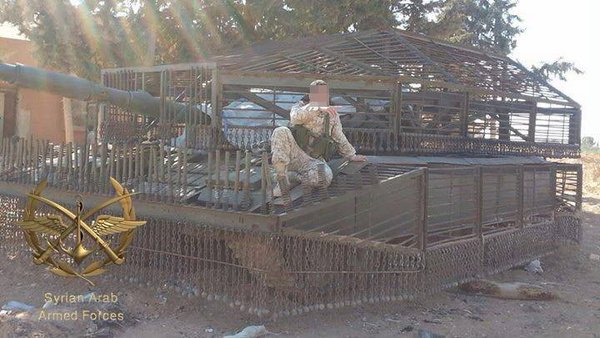
T-72 Mahmia with full turret protection, mostly an unsuccessful experiment. Click to see full-size image
Combat evidence, mainly photos and videos, show that the T-72 Mahmia could only resist RPGs consistently, and had only some potential to resisting ATGMs.
Another modification of the T-72 main battle tank was the T-72 Shafrah (Razor), which was a testbed for a new armor made by the Republican Guard’s 105th Mechanized Division. It appeared to be aimed at resisting ATGMs.
The T-72 Shafrah’s armor is quite distinct. Essentially, numerous brackets are placed on the tank’s turret, which have a number of angled plates welded onto them. Some tanks have sideskirts, which follow a similar pattern, but the welded plates are not angled.
The battle tank is equipped with a composite armor which is simllar to what we can see in the Iraqi T-55 Engima or the Israeli Merkava Mark II. The armor should be able to stop ATGMs, especially the older generation.
T-72 Shafrah I was first documented in combat in Eastern Ghouta, on 27th February 2017. The footage below shows that the vehicle was hit by an ATGM. As a result, the driver was wounded and the turret was damaged, but the vehicle was not destroyed. That meant it was successful in what it was aimed for: resisting an ATGM.
There were 7 documented T-72 Shafrah and all of them appeared to be successfully used in combat.
Active protection
In addition to armour, active protection systems were also developed by the Syrian Arab Army. The most prominent example is the Sarab (Mirage).
The Syrian Scientific Research Center (SSRC) suggested a solution that would be an alternative to passive defensive measures or assist them in protecting the main battle tanks and their crews: a jamming device against all SACLOS (Semi-automatic command to line of sight) guided ATGMs.
The very first prototype of the Sarab was placed on a T-62 tank –SSRC the preferred tank of choice for testing any system – for front line use; and was given economic priority, the need to have a system that can be produced in large quantities, and that could be fitted on many different types of vehicles was sorely needed. It utilized either a classical IR emitters or LEDs depending the production model, can work for 6 straight hours and can be easily mounted on all vehicles as well as stationary checkpoints and defensive points.
The Sarab-2 System utilized newer emitters and was fitted with new more powerful batteries as an energy source which increased its operation time to 10 hours before requiring a recharge, and the system was fitted in a more durable external container which completely surrounded the system for more protection.
In the fight to liberate Aleppo in 2016, then Sarab-2 was widely used and achieved significant success. Shots fired from BGM-71 TOW ATGMs landed barely any hits on Syrian IFVs (Infantry Fighting Vehicles) or battle tanks.
After addressing the Sarab-1’s design issues in Sarab-2, the Syrian Scientific Research Center focused on developing a complete soft-kill, or passive-countermeasure system rather than only a jamming system. The new Sarab-3 covered 360 degrees, instead of 180.
Electronics
The soviet-era T-55 tanks were upgraded with North Korean FCS (Fire Control Systems) equipment.
Photographs show that despite the tank looking aged, a closer look shows that the rabbit’s holes are from entirely new fire control systems. These included a 4km rangefinder is the sensor complex, which includes a barometer, a hygrometer, and a thermometer.
On the inside, a new ballistic computer was added, which makes the calculations automatically based on the measurements it receives from the meters and the rangefinder. The computer also has a digital screen which shows the environment measurements and the range to the target.
Although this upgrade focus was the fire controls system, some T-55 that were fitted with this system were also fitted with a KPV 14.5 HMG, and smoke screen launchers. Some of them also had thermal sights.
The T-72 main battle tanks were also equipped with TPN-3-49 night vision sight, which was unreliable and unsuitable for urban warfare, mostly because protecting the IR lamps from the enemy fire was impossible just like the idea of fixing it again and again.
Thus, the TPN-3-49 was replaced by the Viper-72 thermal sight. Its outer design was similar to the TPN-3-49 but with an arch shaped protection, it also used many of TPN-3-49 components.
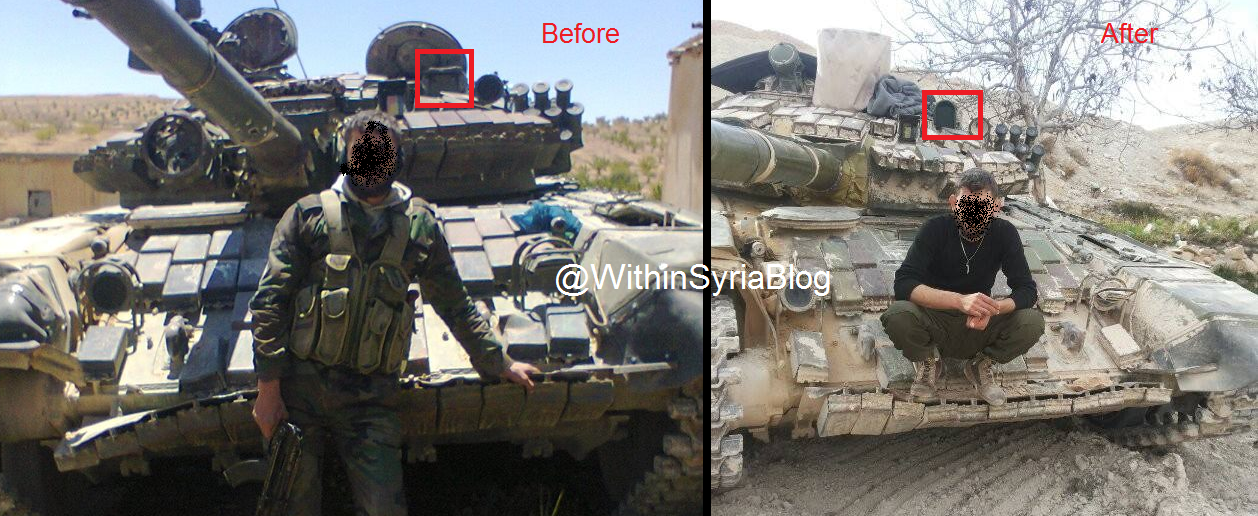
Comparison between the TPN-3-49 and its replacement with a Viper-72 thermal sight on a T-72. Click to see full-size image
Viper range is up to 4km for big objects, however the useful range for aiming is 1.5-2km tops the tank gunner aim through an electronic scoop, however an LCD can be attached. It was much more successful than the night vision, since firearm nozzle flash is more visible in thermal imagery, Viper is used even in day to detect snipers in urban areas.
Conclusion
In general, these modifications have all proved themselves as very necessary and useful, since the loss of hardware and life by the Syrian Arab Army was dramatically reduced after their introduction. It should be noted that many of these modifications were not a result of simply a tank crew upgrading their own hardware, but rather a focused upgrade program which introduced new changes based on trials and errors (quite often fatal ones).
At this point in the conflict, they are largely unnecessary and outdated, mostly due to the Russian military’s assistance in supplying and maintenance. While most of the Russian efforts in this field remain underreported, the Russia-provided technical assistance and supplies played an important role in restoring the Syrian Army combat capabilities since 2015. For example, Russia restored a tank-repairing plant in the city of Homs.



